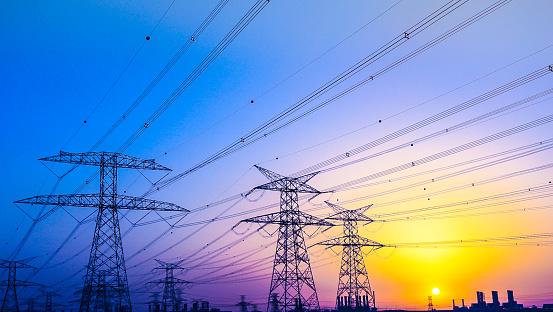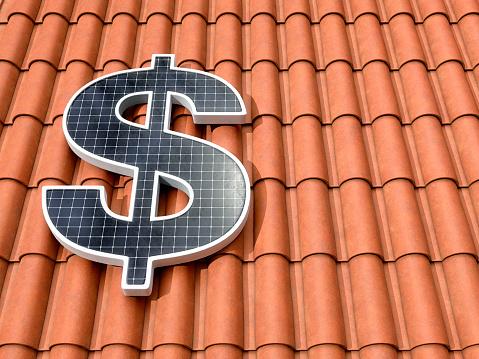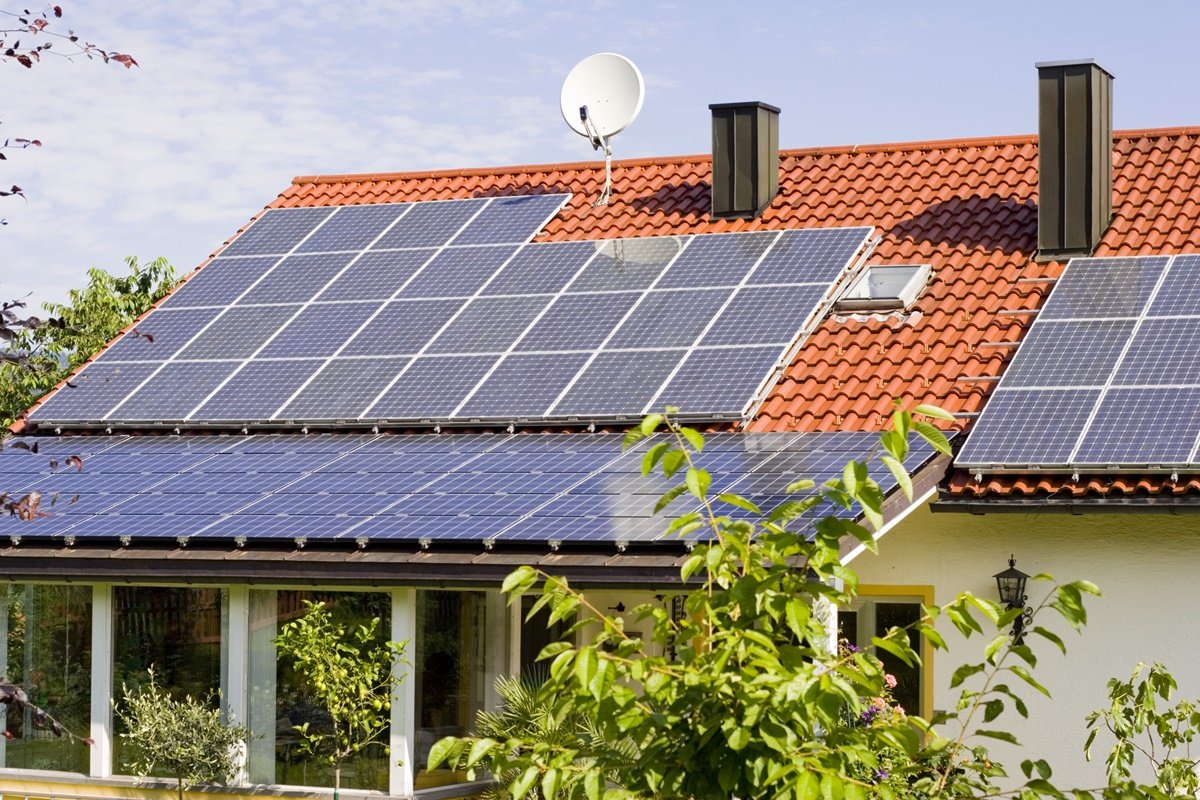An attractive alternative for savings on their electricity bill, many have turned to alternative electricity generation services, the most popular of which is solar power.
Until last year, solar energy users did not pay any fees for electricity generation with solar panels, while some rules and fees will be applied with the establishment of the legal framework for distributed generation.
See what the rates are and what has changed with the implementation of Law No. 14,300 of 2022, which governs solar power generation at distributed micro and mini production scales.
How does Solar Energy taxation work?
The taxation of solar energy refers to the surplus injected into the electricity grid, not the energy produced and used daily, which is called synchronously.
Many solar generators are injecting the excess energy they produce into the conventional electricity grid, and as a result, by January 6 of this year, they have earned a credit from the grid, which has given a discount on the electricity bill.
However, with the legal framework, this conversion is taxed starting from 15%.
For example, those who injected 10 kW of energy into the grid received a proportional reduction in their electricity bills.
However, for new contracts established after 7 January, the discount is equivalent to 8.5 kW and the remaining 1.5 kW represents the utility charge.

Experts explain that the electricity bill is calculated according to the consumption level, as well as the fees allocated as maintenance and distribution networks.
Solar taxation will be on a distribution route called Fio B, which is a kind of final network that takes energy to remote areas, commercial and residential establishments. Wire B’s costs are the responsibility of the electricity concessionaires.
Considering these costs of using already existing electricity grids by solar power producers, it was deemed appropriate to establish the legal framework to standardize invoice amounts and prevent abuses and uncontrolled charges.

Taxation will go through a transitional period with definitive rules effective from January 2029.
However, for those who applied for the installation of new solar panels until 6 July 2023, the transition period will be extended from 2031.
There are also those who will only start paying in 2046. Those who already use the service or apply before January 7, 2023, fall into a modality called vested interest.
These legacy users with their own rules will have more time to adapt to the transition period.
What is the fee amount?
The tax on excess solar energy injected into the electricity grid will begin to be levied at 15% until it reaches 90% in 2028.
There are some regulations and decisions that the National Electric Power Authority (Aneel) needs to make about the rates of these fees and how they will reach consumers after the transition period.
However, there is no solution to the issue so far.

Is it still worth investing in solar energy?
Despite the burden of sunlight, Yes, it’s worth the investment!
Solar energy is an excellent source for sustainable electricity generation, the most accessible in the form of clean energy.
Despite taxation, which focuses on electricity grid use rather than on-site power generation, the use of solar panels still delivers excellent savings at the end of the month.
The amount payable on the bill depends on how much energy is injected into the electricity grid.
Where generation and consumption are equal, there may be no charge for the service other than the normal charges for the electricity bill.
The return on investment may be a little slower than expected, but the boards have a lifespan of around 25 years if properly maintained and cost-effective at the same time.

Even in the face of new challenges and regulations, the benefits still outweigh the costs. To help you make an informed decision, you can check other details about the law here.
Source: Tec Mundo
I’m Blaine Morgan, an experienced journalist and writer with over 8 years of experience in the tech industry. My expertise lies in writing about technology news and trends, covering everything from cutting-edge gadgets to emerging software developments. I’ve written for several leading publications including Gadget Onus where I am an author.












